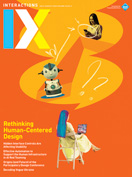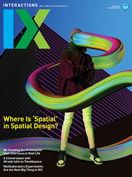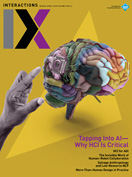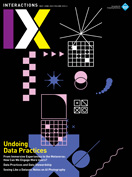Authors:
Eryk Salvaggio
The camera began to train photographers in 1816. Photography developed a set of rules, and a photographer may follow those rules when scouring the landscape for images, or else work with the camera to produce new ways of recording the world. Through repetition, the practices become instincts or habits. The camera, as a tool to capture what we see, changes how we see. As the philosopher Vilém Flusser writes, "Photographers have power over those who look at their photographs, they program their actions; and the camera has power over the photographers, it programs their acts" [1]. Insights →…
You must be a member of SIGCHI, a subscriber to ACM's Digital Library, or an interactions subscriber to read the full text of this article.
GET ACCESS
Join ACM SIGCHIIn addition to all of the professional benefits of being a SIGCHI member, members get full access to interactions online content and receive the print version of the magazine bimonthly.
Subscribe to the ACM Digital Library
Get access to all interactions content online and the entire archive of ACM publications dating back to 1954. (Please check with your institution to see if it already has a subscription.)
Subscribe to interactions
Get full access to interactions online content and receive the print version of the magazine bimonthly.






